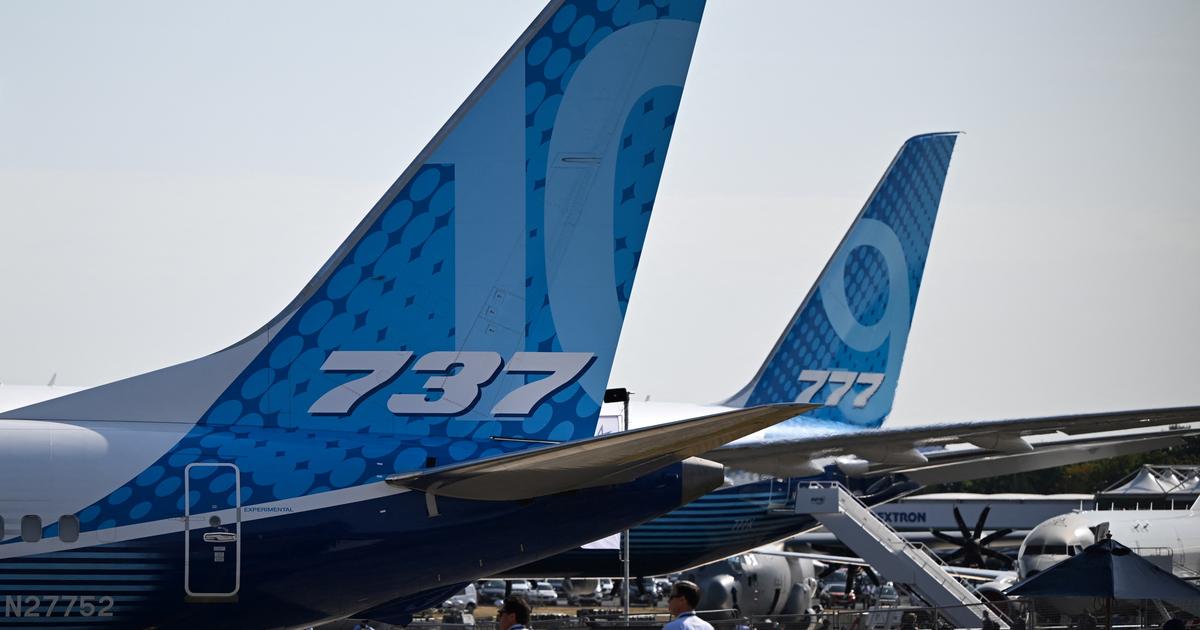Thanks to an additional tank, the A321 XLR (for: »Extra Long Range«) is able to take in so much kerosene that it can stay in the air for eleven hours.
The Atlantic is no obstacle for him – neither is the Pacific on the route between Japan and California.
For passengers, it should create more convenient flight connections that save them time and the airlines money and kerosene because it enables direct city connections such as Berlin-Boston.
The previous hub system with feeder flights to transport hubs, from which wide-body jets then take off, could become less important.
The A321 XLR now begins a year-long flight test, during which it must prove its safety in every conceivable scenario.
Approval by the European aviation safety authority EASA is currently expected for early 2024.
One of the issues that Airbus engineers and the authority's inspectors will still deal with is likely to be the new auxiliary tank: Boeing had warned EASA that this tank posed a significant fire risk in the event of an accidental landing.
Airbus may have to rework the heart of its XLR success again.
It is hardly surprising that the Americans are following the new aircraft with eagle eyes.
In the eternal competition between the two manufacturers, the XLR variant is likely to be decisive.
So far, the Airbus A321 has primarily served as a short and medium-haul aircraft, but the XLR version will – to the dismay of Boeing – be an extraordinarily economical long-haul aircraft with a range of up to 8,700 kilometers.
Orders for more than 500 of these machines had already been received before the first flight.
Boeing will have nothing to counter the XLR or the LR variant, which has been delivered since 2018, for many years to come.
Yours sincerely,
Marco Evers
I also recommend you:
Parrots have settled in many German cities along the Rhine
- sometimes in the middle of the hustle and bustle.
But animals are not welcome everywhere.
The larvae of a species of beetle known as superworms
may be able to digest plastic.
This awakens new hope for the solution of a global problem.
Myopia is spreading worldwide
- with dangerous consequences, warns the physicist and eye researcher Frank Schaeffel in an interview.
But there are ways young people can prevent it.
Pollinator insects are under threat worldwide.
However, it is still unclear what the extent of the loss of species is and how it can best be slowed down.
Researchers finally want to answer these questions.
In the Middle Ages, the plague
killed more than 20 million people in Europe alone.
But the origin of the Black Death has long been a mystery.
Researchers have now decoded it with the help of genetic analyses.
The EU is planning to say goodbye to the internal combustion engine
- but first one last, stricter emission standard 7. But who is still developing the technology for the discontinued model?
picture of the week
Off the Japanese island of Hokkaido, a sea slug of the family Lottiidae strives for offspring.
The surf-dwelling creature has perched on a rock and is releasing a stream of red eggs.
They are supposed to combine with sperm from a male in the open water, this is called external fertilization. Researchers still have little understanding of how exactly the partners arrange to have snail sex.
(Feedback & suggestions? )





